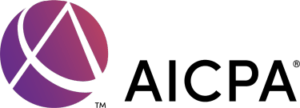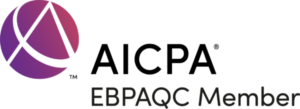
We all know that 401k plans provide benefits to employees and employers alike, offering enhanced retirement security for workers and acting as an enticement when recruiting new employees. But for those charged with managing 401k oversight, these popular plans bring additional responsibility.
Plan administrators have a fiduciary duty to support plan compliance through oversight. And when audit time rolls around, your Plan Administrative Committee must demonstrate that they’ve performed oversight correctly, even if a third party has been brought in to administer the plan.
But often, inadequate documentation leads to an inability to demonstrate oversight. In fact, our recent overview of insights from the 2020 audit season found that a lack of documentation of plan oversight was all too common.
Here’s what you should know about 401k oversight documentation.
Plan administrative committee best practices
Companies often bring in third parties to administer 401k plans. But in the end, you can’t completely outsource responsibility for the plan and its operations. As such, certain oversight activities simply can’t be outsourced… especially when it’s time for an audit.
During an audit, the ability to document adequate oversight is key. Documentation must demonstrate the steps you’ve taken to ensure compliance, as well as to head off any potential problems.
Often, such issues stem from a simple lack of proof that you’re fulfilling oversight responsibilities. For instance, has the committee regularly reviewed plan performance? Is anyone keeping an eye on so-called “ambulance chasers,” or lawyers who look for opportunities to sue you?
If you can’t prove that the committee has performed these types of oversight activities, you expose yourself to the risk of a lawsuit. Even though you may not necessarily face an associated penalty, oversight over such issues helps ensure that problems don’t arise down the road.
Regular meetings and a formal documentation process
While it may be easy to run Plan Administrative Committee meetings in a less-than-formal fashion, you’ll appreciate it less when you’re in the middle of an audit. That’s when the importance of keeping thorough, formal meeting minutes really becomes important.
Start by setting up regular Committee meetings. Schedule at least one per year, though more meetings may be necessary. At each meeting, address the following topics:
- Evaluate the plan’s investment performance and fees
- Explore alternative investment options
- Create and monitor investment policy
- Review any amendments
- Evaluate service providers; this must include a review of third-party administrators and advisors
- Go over reports submitted by third-party administrators and advisors
- Review and address any employee complaints
- Approve discretionary contributions
Here’s the key: Take detailed, formal minutes at each meeting. Keep these written records to serve as documentation of your oversight process.
During an audit, you’ll need to demonstrate oversight. Regular meetings documented with formal minutes help fulfill that requirement.
Ultimately, it’s up to you to ensure that plan administrators fulfill their duties and remain in compliance. Documenting the steps taken at each Committee meeting will help when it’s time for an audit.
If you want to learn more about 401k oversight documentation, Cassell Plan Audits is here to help! Contact us today for more information and to schedule your virtual appointment with Cassell Plan Audits at 630.886.7669.





